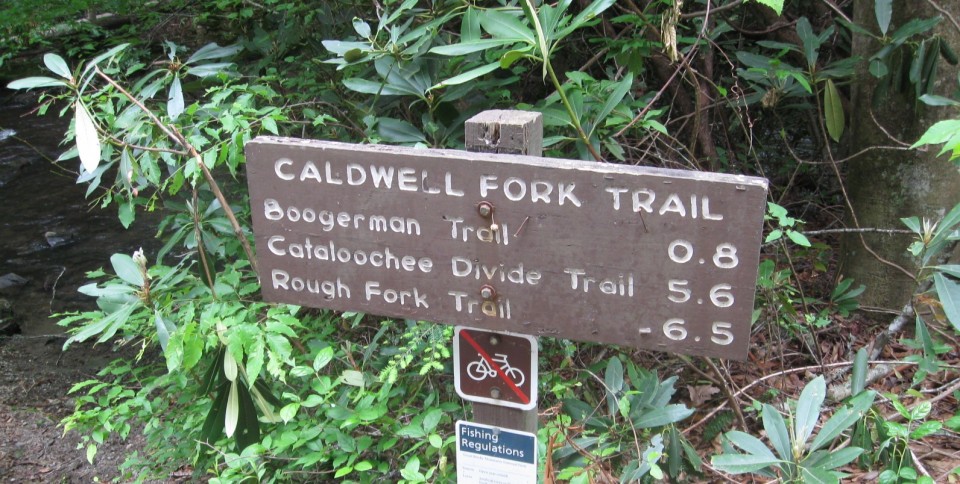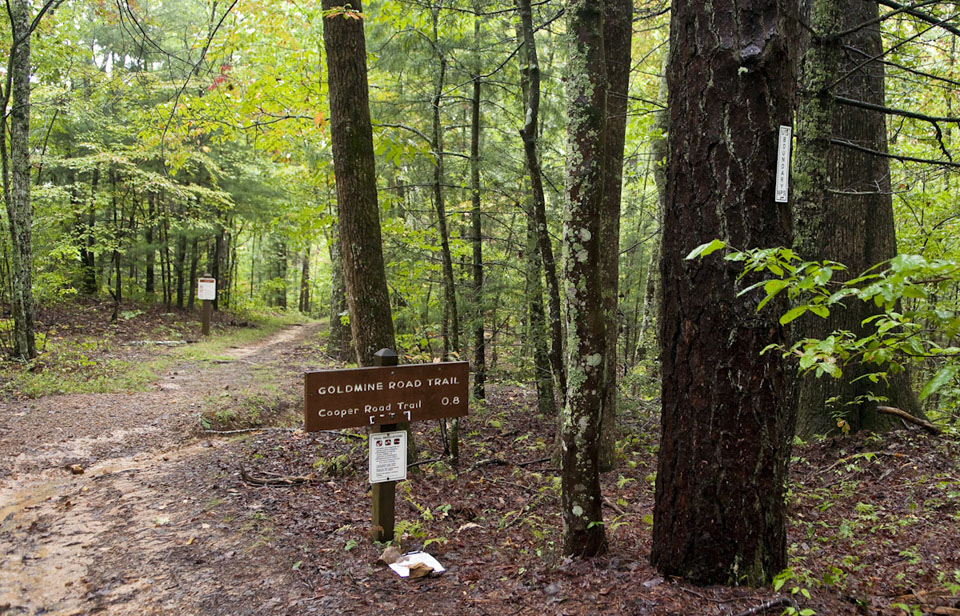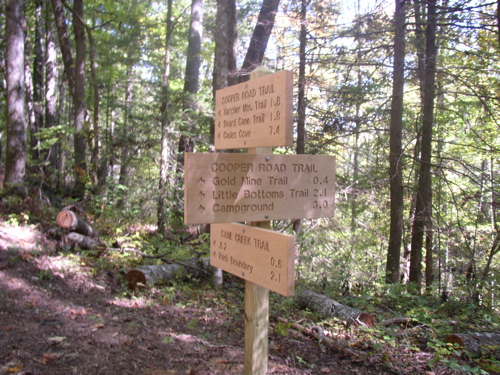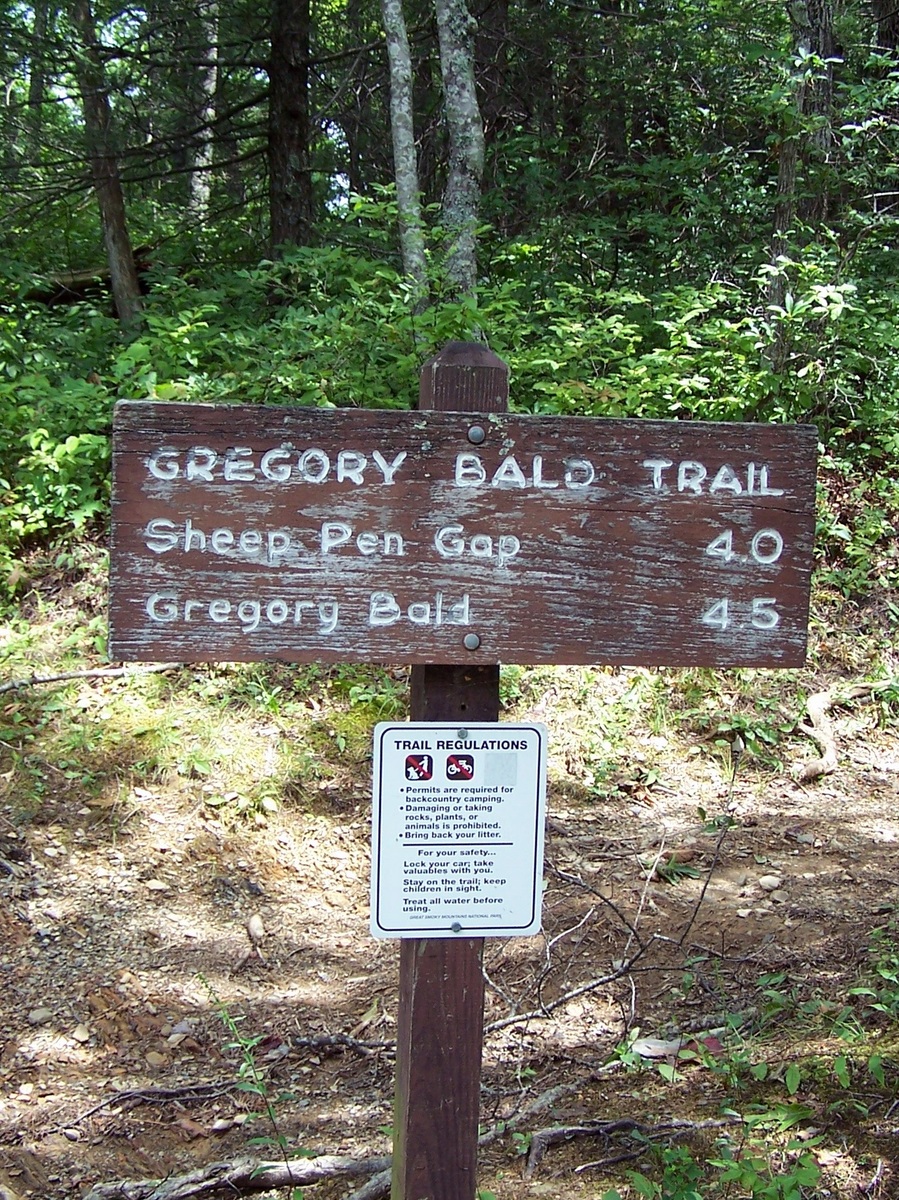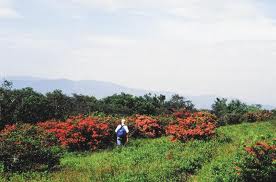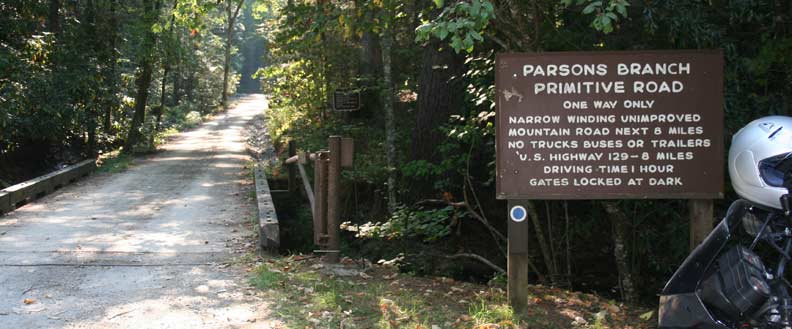Hiking the Dry Sluice Gap Trail is a great way to spend a nice day in the park and just outside Gatlinburg, Tn. The trail is a most downhill hike for 4.2 miles from its junction with the Appalachian Trail to the Cabin Flats Trail.
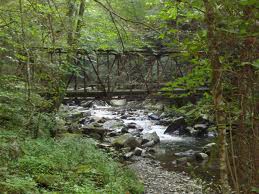 Starting out at Newfound Gap, you’ll hike a good 4.4 miles before reaching trail by way of the AT north east past Icewater Springs.
Starting out at Newfound Gap, you’ll hike a good 4.4 miles before reaching trail by way of the AT north east past Icewater Springs.
Dry Sluice is another one of the connector trails in the Smokies that is more known for getting hikers from one place to another rather than its actual hiking qualities. Its claim to fame is as a connector for the Appalachian Trail and Smokemont Campground. It was said that this trail was used as a shortcut years ago by early settlers hauling goods to and from homesteads.
At the trail’s beginnings, a large open spot can yield some wondrous views and blueberries, balckberries, and huckleberries in August. The junction with the Grassy Branch Trail awaits the hiker at mile 1.3. From here, you’ll hike to the left of the Richland Mountain ridge.
The trail will continue to descend, get rockier and pass a slew of wildflower species, oaks and evergreens. You’ll rock hop along the Tennessee Branch and continue down the trail passing more ferns and ground cover.
You’ll cross a log bridge with a hand rail across the Tennessee Branch as it appears again. At mile 4.2, the trail sign appears and it’s 0.6 miles to backcountry campsite No. 49.
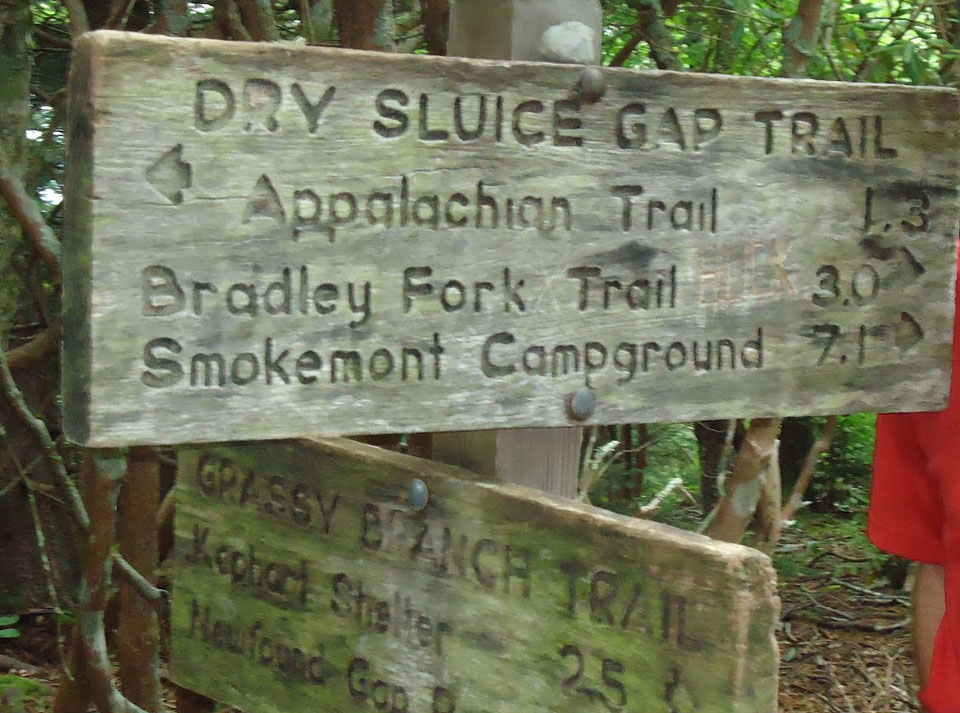
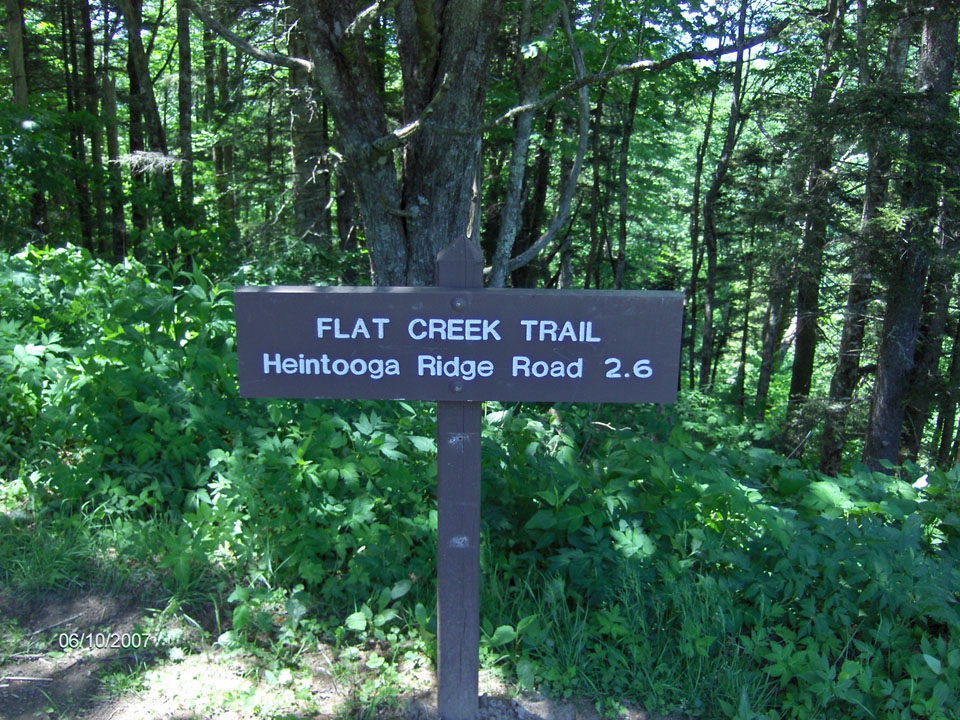
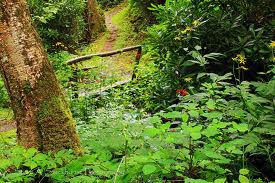 There are some great sights and lookouts along the way as well as a few stream crossings that are said to contain native brook trout along this trail, just off the Blue Ridge Parkway and past the Balsam Mountain Campground.
There are some great sights and lookouts along the way as well as a few stream crossings that are said to contain native brook trout along this trail, just off the Blue Ridge Parkway and past the Balsam Mountain Campground.